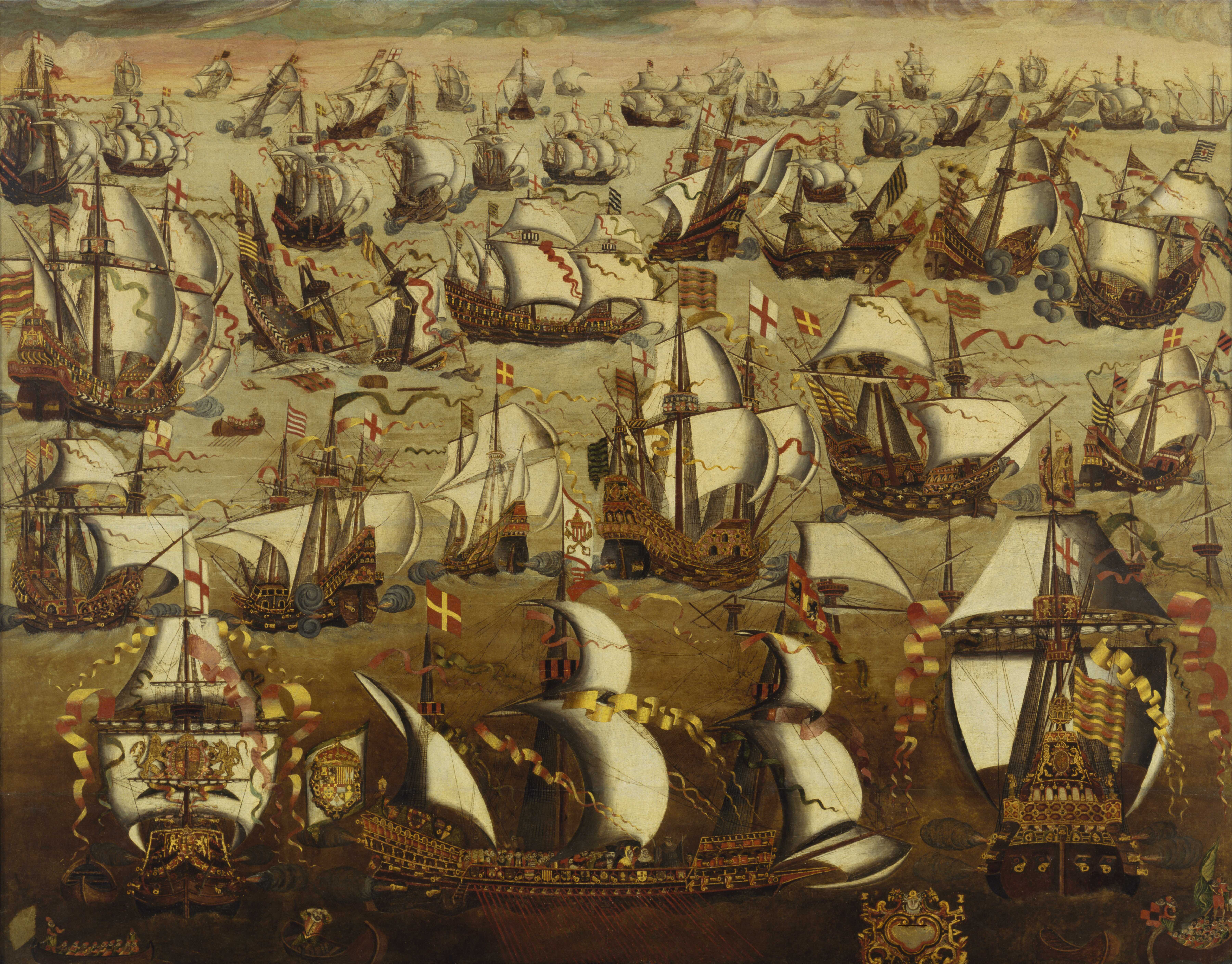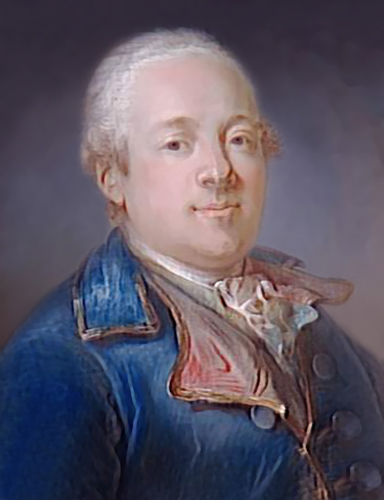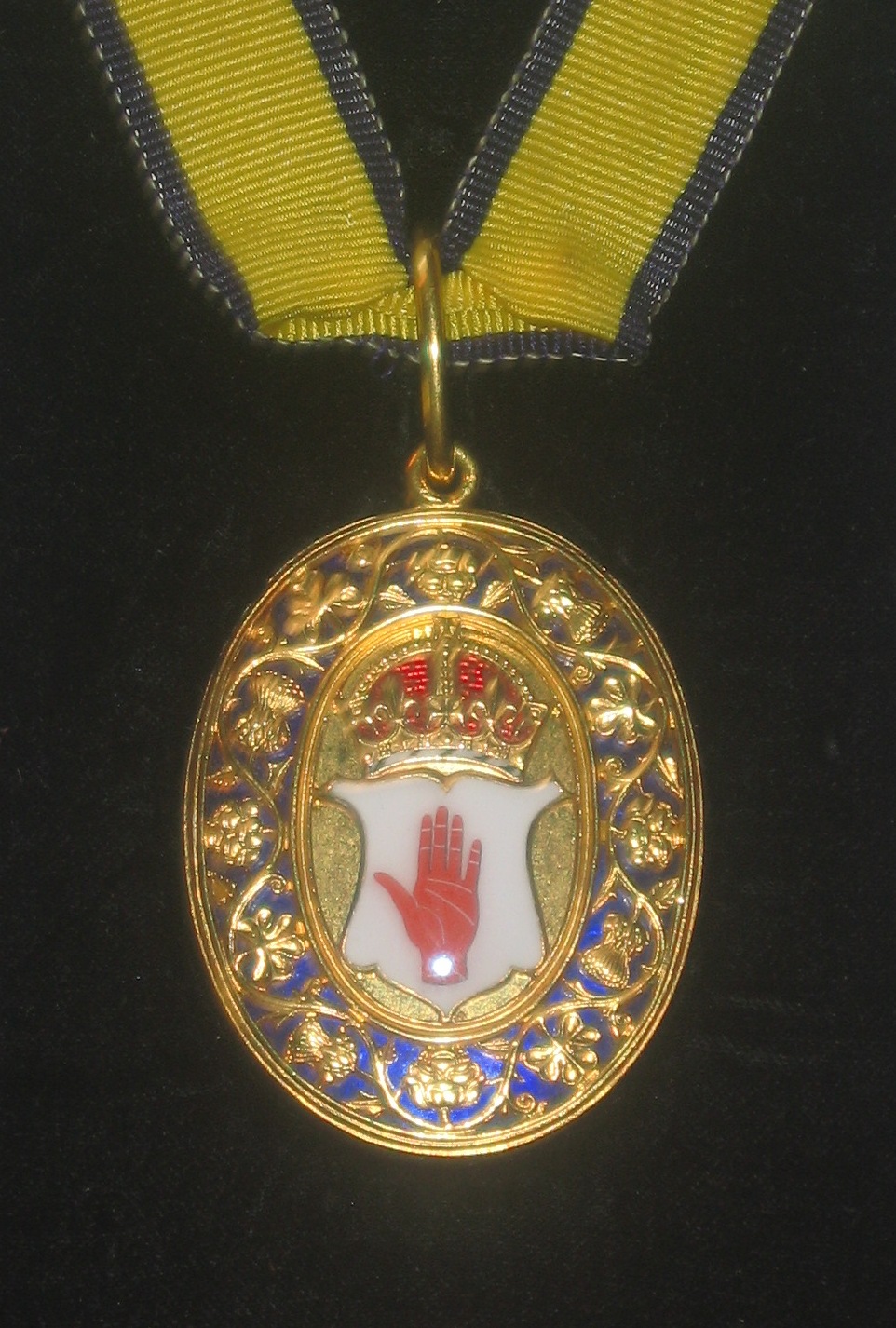|
Bickerton Baronets
The Bickerton Baronetcy, of Upwood in the County of Huntingdon, was a title in the Baronetage of Great Britain. It was created on 29 May 1778 for Sir Richard Bickerton, a successful British naval commander who later rose to the rank of rear admiral and represented Rochester in the British House of Commons. His son, Sir Richard Bickerton, 2nd Baronet, also became a Royal Navy officer before succeeding to the baronetcy in 1792. He became a Lord of the Admiralty, represented Poole in the House of Commons, and rose to the rank of admiral. The baronetcy became extinct on his death in 1832. Bickerton baronets, of Upwood (1778) *Sir Richard Bickerton, 1st Baronet Rear-Admiral Sir Richard Bickerton, 1st Baronet (23 June 172725 February 1792) was a British naval officer who finished his career as a rear admiral in the Royal Navy and was ennobled as the first Baronet Bickerton of Upwood. He served in seve ... (1727–1792) * Sir Richard Hussey Bickerton, 2nd Baronet (1759–1832) Ref ... [...More Info...] [...Related Items...] OR: [Wikipedia] [Google] [Baidu] |
Upwood
Upwood is a village in the non-metropolitan district and historic county of Huntingdonshire, England, although in the administrative county of Cambridgeshire. Upwood lies approximately north of Huntingdon, near Bury. Upwood is in the civil parish of ''Upwood and The Raveleys''. The village lies along the High Street which runs parallel to the main road from Great Raveley to Ramsey about 300 yards to the west. The church stands about the middle of the village and there are several 17th-century cottages to the north and south of it. In September 1917, the Royal Air Force started work on RAF Upwood, a large airfield near the village used by both the RAF and latterly by the United States Air Force. Three nature reserves, Lady's Wood, Ramsey Heights and Upwood Meadows, lie near to the village; the latter is a national nature reserve. The village has a free Book Exchange housed in a red telephone box. History In 1085 William the Conqueror ordered that a survey should be carrie ... [...More Info...] [...Related Items...] OR: [Wikipedia] [Google] [Baidu] |
County Of Huntingdon
Huntingdonshire (; abbreviated Hunts) is a non-metropolitan district of Cambridgeshire and a historic county of England. The district council is based in Huntingdon. Other towns include St Ives, Godmanchester, St Neots and Ramsey. The population was 180,800 at the 2021 Census. History The area corresponding to modern Huntingdonshire was first delimited in Anglo-Saxon times. Its boundaries have remained largely unchanged since the 10th century, although it lost its historic county status in 1974. On his accession in 1154 Henry II declared all Huntingdonshire a forest.H. R. Loyn, ''Anglo-Saxon England and the Norman Conquest'' 2nd ed. 1991, pp. 378–382. Status In 1889, under the Local Government Act 1888 Huntingdonshire became an administrative county, with the newly-formed Huntingdonshire County Council taking over administrative functions from the Quarter Sessions. The area in the north of the county forming part of the municipal borough of Peterborough became in ... [...More Info...] [...Related Items...] OR: [Wikipedia] [Google] [Baidu] |
Baronetage Of Great Britain
Baronets are a rank in the British aristocracy. The current Baronetage of the United Kingdom has replaced the earlier but existing Baronetages of England, Nova Scotia, Ireland, and Great Britain. Baronetage of England (1611–1705) King James I created the hereditary Order of Baronets in England on 22 May 1611, for the settlement of Ireland. He offered the dignity to 200 gentlemen of good birth, with a clear estate of £1,000 a year, on condition that each one should pay a sum equivalent to three years' pay to 30 soldiers at 8d per day per man (total – £1,095) into the King's Exchequer. The Baronetage of England comprises all baronetcies created in the Kingdom of England before the Act of Union in 1707. In that year, the Baronetage of England and the Baronetage of Nova Scotia were replaced by the Baronetage of Great Britain. The extant baronetcies are listed below in order of precedence (i.e. date). All other baronetcies, including extinct, dormant (D), unproven (U), ... [...More Info...] [...Related Items...] OR: [Wikipedia] [Google] [Baidu] |
Sir Richard Bickerton, 1st Baronet
Rear-Admiral Sir Richard Bickerton, 1st Baronet (23 June 172725 February 1792) was a British naval officer who finished his career as a rear admiral in the Royal Navy and was ennobled as the first Baronet Bickerton of Upwood. He served in several naval engagements, and died Commander-in-Chief, Plymouth in 1792. His son Richard Hussey Bickerton, who likewise rose to flag rank in the Royal Navy, succeeded to the baronetcy following his death. Naval career Richard Bickerton was born on 23 June 1727 in Bridgnorth, the third son of a Lieutenant in the 4th Dragoon Guards. Educated at Westminster School, he joined the navy in 1739 and served aboard , , ''St George'', , and , before being commissioned as a lieutenant on 8 February 1746 at the age of 18. He served as a Lieutenant aboard the 60-gun fourth rate ''Worcester'' in 1748. On 2 August 1758 he was appointed Master and Commander of the fireship ''Etna'', and then on 21 August 1759 promoted to the rank of Captain and appo ... [...More Info...] [...Related Items...] OR: [Wikipedia] [Google] [Baidu] |
Naval
A navy, naval force, or maritime force is the branch of a nation's armed forces principally designated for naval and amphibious warfare; namely, lake-borne, riverine, littoral, or ocean-borne combat operations and related functions. It includes anything conducted by surface ships, amphibious ships, submarines, and seaborne aviation, as well as ancillary support, communications, training, and other fields. The strategic offensive role of a navy is projection of force into areas beyond a country's shores (for example, to protect sea-lanes, deter or confront piracy, ferry troops, or attack other navies, ports, or shore installations). The strategic defensive purpose of a navy is to frustrate seaborne projection-of-force by enemies. The strategic task of the navy also may incorporate nuclear deterrence by use of submarine-launched ballistic missiles. Naval operations can be broadly divided between riverine and littoral applications (brown-water navy), open-ocean applications ... [...More Info...] [...Related Items...] OR: [Wikipedia] [Google] [Baidu] |
Rear Admiral
Rear admiral is a senior naval flag officer rank, equivalent to a major general and air vice marshal and above that of a commodore and captain, but below that of a vice admiral. It is regarded as a two star " admiral" rank. It is often regarded as a two-star rank with a NATO code of OF-7. The term originated in the days of naval sailing squadrons and can trace its origins to the Royal Navy. Each naval squadron was assigned an admiral as its head, who commanded from the centre vessel and directed the squadron's activities. The admiral would in turn be assisted by a vice admiral, who commanded the lead ships that bore the brunt of a battle. In the rear of the squadron, a third admiral commanded the remaining ships and, as this section was considered to be in the least danger, the admiral in command of it was typically the most junior. This has continued into the modern age, with rear admiral the most junior admiralty of many navies. In most European navies, the equivalent ran ... [...More Info...] [...Related Items...] OR: [Wikipedia] [Google] [Baidu] |
Rochester (UK Parliament Constituency)
Rochester was a parliamentary constituency in Kent. It returned two members of parliament (MPs) to the House of Commons of England from 1295 to 1707, then to the House of Commons of Great Britain from 1708 to 1800, and finally to the House of Commons of the Parliament of the United Kingdom from 1801 until the 1885 general election, when its representation was reduced to one seat. In 1918, it was split between Chatham and Gillingham. The Chatham seat became Rochester and Chatham in 1950, and then Medway in 1983. When the boroughs of Rochester upon Medway and Gillingham merged to form the larger unitary Borough of Medway in 1998, the Parliamentary constituency of Medway only covered part of the new borough, so for the 2010 election it was renamed Rochester and Strood. Members of Parliament MPs 1295–1640 MPs 1640–1885 MPs 1885–1918 Elections Elections in the 1830s Elections in the 1840s ... [...More Info...] [...Related Items...] OR: [Wikipedia] [Google] [Baidu] |
British House Of Commons
The House of Commons is the lower house of the Parliament of the United Kingdom. Like the upper house, the House of Lords, it meets in the Palace of Westminster in London, England. The House of Commons is an elected body consisting of 650 members known as members of Parliament (MPs). MPs are elected to represent constituencies by the first-past-the-post system and hold their seats until Parliament is dissolved. The House of Commons of England started to evolve in the 13th and 14th centuries. In 1707 it became the House of Commons of Great Britain after the political union with Scotland, and from 1800 it also became the House of Commons for Ireland after the political union of Great Britain and Ireland. In 1922, the body became the House of Commons of the United Kingdom of Great Britain and Northern Ireland after the independence of the Irish Free State. Under the Parliament Acts 1911 and 1949, the Lords' power to reject legislation was reduced to a delaying power. T ... [...More Info...] [...Related Items...] OR: [Wikipedia] [Google] [Baidu] |
Sir Richard Bickerton, 2nd Baronet
Admiral (Royal Navy), Admiral Sir Richard Hussey Bickerton, 2nd Baronet, Order of the Bath, KCB, (11 October 1759 – 9 February 1832) was a British naval officer. He was born in Southampton, the son of Sir Richard Bickerton, 1st Baronet, Vice-admiral Sir Richard Bickerton and first served aboard HMS Medway (1742), HMS ''Medway'' in June 1774, in the Mediterranean. His first command came in March 1779 when he was given HMS Swallow (1779), HM Sloop ''Swallow'' as a reward for his part in an engagement with a much larger opponent. Bickerton later joined George Brydges Rodney, 1st Baron Rodney, Rodney's squadron in the West Indies where he took part in the capture of Sint Eustatius in 1781. Making Post-captain, post captain on 8 February 1781, he took temporary command of HMS Invincible (1765), HMS ''Invincible'' and fought in her at the Battle of Fort Royal on 29 April 1781. When Britain entered the French Revolutionary War in 1793, Bickerton joined the Channel Fleet before, in ... [...More Info...] [...Related Items...] OR: [Wikipedia] [Google] [Baidu] |
Royal Navy
The Royal Navy (RN) is the United Kingdom's naval warfare force. Although warships were used by Kingdom of England, English and Kingdom of Scotland, Scottish kings from the early medieval period, the first major maritime engagements were fought in the Hundred Years' War against Kingdom of France, France. The modern Royal Navy traces its origins to the early 16th century; the oldest of the British Armed Forces, UK's armed services, it is consequently known as the Senior Service. From the middle decades of the 17th century, and through the 18th century, the Royal Navy vied with the Dutch Navy and later with the French Navy for maritime supremacy. From the mid 18th century, it was the world's most powerful navy until the World War II, Second World War. The Royal Navy played a key part in establishing and defending the British Empire, and four Imperial fortress colonies and a string of imperial bases and coaling stations secured the Royal Navy's ability to assert naval superiority ... [...More Info...] [...Related Items...] OR: [Wikipedia] [Google] [Baidu] |
Baronetcy
A baronet ( or ; abbreviated Bart or Bt) or the female equivalent, a baronetess (, , or ; abbreviation Btss), is the holder of a baronetcy, a hereditary title awarded by the British Crown. The title of baronet is mentioned as early as the 14th century, however in its current usage was created by James I of England in 1611 as a means of raising funds for the crown. A baronetcy is the only British hereditary honour that is not a peerage, with the exception of the Anglo-Irish Black Knights, White Knights, and Green Knights (of whom only the Green Knights are extant). A baronet is addressed as "Sir" (just as is a knight) or "Dame" in the case of a baronetess, but ranks above all knighthoods and damehoods in the order of precedence, except for the Order of the Garter, the Order of the Thistle, and the dormant Order of St Patrick. Baronets are conventionally seen to belong to the lesser nobility, even though William Thoms claims that: The precise quality of this dignity is n ... [...More Info...] [...Related Items...] OR: [Wikipedia] [Google] [Baidu] |
Lord Of The Admiralty
This is a list of Lords Commissioners of the Admiralty (incomplete before the Restoration, 1660). The Lords Commissioners of the Admiralty were the members of The Board of Admiralty, which exercised the office of Lord High Admiral when it was not vested in a single person. The commissioners were a mixture of politicians without naval experience and professional naval officers, the proportion of naval officers generally increasing over time. In 1940, the Secretary of the Admiralty, a civil servant, became a member of the Board. The Lord High Admiral, and thus the Board of Admiralty, ceased to have operational command of the Royal Navy when the three service ministries were merged into the Ministry of Defence in 1964, when the office of Lord High Admiral reverted to the Crown. 1628 to 1641 *20 September 1628: Commission. ** Richard Weston, 1st Baron Weston ( Lord High Treasurer), First Lord ** Robert Bertie, 1st Earl of Lindsey ( Lord Great Chamberlain) ** Edward Sackville, ... [...More Info...] [...Related Items...] OR: [Wikipedia] [Google] [Baidu] |






